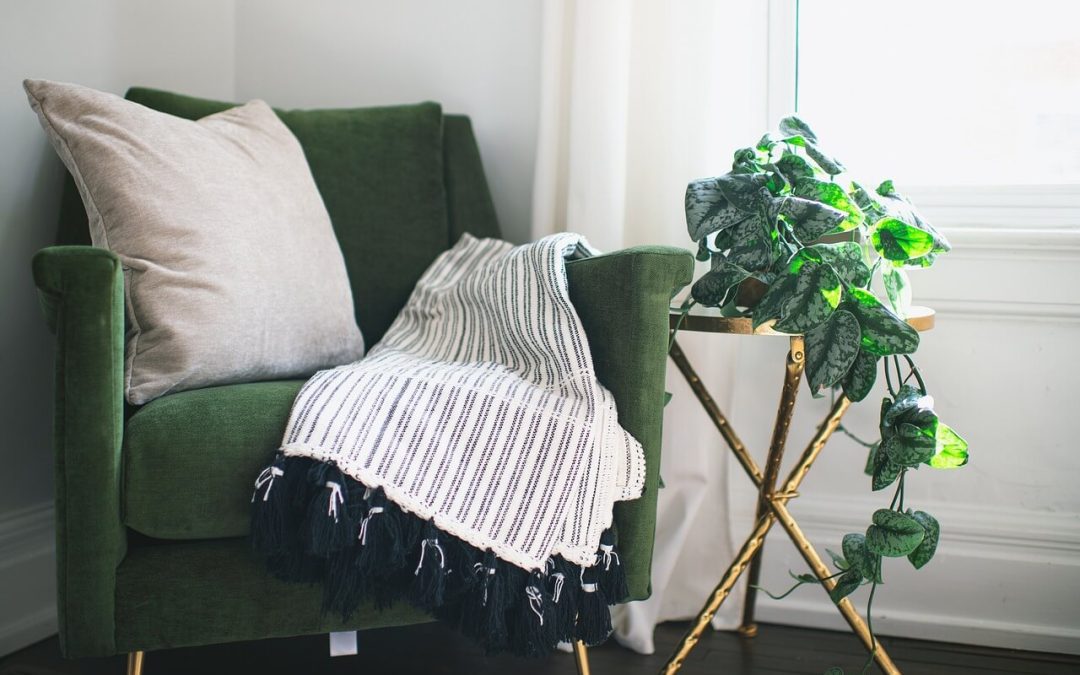Houseplants add a unique touch to your home decor, bringing life and greenery into the space. However, not everyone has the time or expertise to dedicate to high-maintenance plants. Luckily, there are plenty of options for low-maintenance houseplants that will blend well with your home and lifestyle.
The Appeal of Low-Maintenance Houseplants
Low-maintenance houseplants are prized for their ability to thrive with minimal attention. They are ideal for busy individuals, frequent travelers, or those lacking a green thumb. These plants require less watering and are generally more forgiving of fluctuations in light and temperature.
Top Picks for Low-Maintenance Houseplants
- Snake Plant (Sansevieria trifasciata): Known for its striking appearance and air-purifying qualities, the snake plant tops the list of low-maintenance options. It can tolerate low light and irregular watering, making it perfect for forgetful or busy plant owners.
- ZZ Plant (Zamioculcas zamiifolia): With its glossy, dark green foliage, the ZZ plant adds a touch of elegance to any space. It thrives in low light conditions and requires minimal watering, making it an excellent choice for offices or rooms with limited sunlight.
- Pothos (Epipremnum aureum): Pothos, also known as Devil’s Ivy, is prized for its trailing vines and vibrant green leaves. It can thrive in various light conditions, including low light, and only requires occasional watering when the soil is dry to the touch.
- Spider Plant (Chlorophytum comosum): Characterized by its arching foliage adorned with tiny white flowers, the spider plant is a popular choice for beginners. It prefers bright, indirect light and can withstand infrequent watering, making it an excellent option for hanging baskets or shelves.
- Peace Lily (Spathiphyllum): Renowned for its elegant white blooms and air-purifying abilities, the peace lily is a low-maintenance favorite. It thrives in low to moderate light and only needs watering when the soil is dry, making it a versatile addition to any indoor space.
Tips for Success
While low-maintenance houseplants require less attention than their high-maintenance counterparts, they still benefit from some care to ensure their longevity and vitality. Here are a few tips for keeping your low-maintenance plants thriving:
- Monitor Light Conditions: Even though these plants are tolerant of low light, they still need some level of sunlight to thrive. Be mindful of their placement and rotate them periodically to ensure even growth.
- Water Sparingly: Overwatering is one of the most common pitfalls for indoor plants. Allow the soil to dry out between waterings, and always err on the side of underwatering rather than overwatering.
- Regular Cleaning: Dust can accumulate on the leaves of indoor plants, hindering their ability to photosynthesize. Wipe the leaves gently with a damp cloth periodically to keep them clean and healthy.
- Repot When Necessary: As plants grow, they may outgrow their pots, leading to root-bound conditions. Repot your plants into slightly larger containers as needed to promote healthy root growth and prevent stunted growth.
Incorporating greenery into your home shouldn’t be a source of stress or added responsibility. Low-maintenance houseplants offer a simple yet effective way to enjoy the beauty of nature while enhancing your indoor space. With the right selection and minimal care, these plants can thrive effortlessly, bringing joy and tranquility to any environment.
Frequently Asked Questions About Caring for HousePlants
Can I place my indoor plants outside during warmer months?
Many indoor plants benefit from spending time outdoors during the warmer months, but they should be gradually acclimated to prevent shock. Ensure they are placed in a suitable location with appropriate sunlight and protection from harsh elements.
Should I fertilize my indoor plants? If so, how often?
Yes, indoor plants benefit from occasional fertilization during their growing season (usually spring and summer). Use a balanced, water-soluble fertilizer diluted to half strength and apply every 4-6 weeks.
How do I deal with pests on my indoor plants?
Keep an eye out for common pests like aphids, mealybugs, and spider mites. Regularly inspect your plants and use natural remedies like neem oil or insecticidal soap to control infestations.
How do I prevent overwatering my houseplants?
Overwatering is a common issue that can lead to root rot. Ensure your pots have proper drainage and allow the soil to dry out slightly between watering. Be mindful not to let your plants sit in water for too long.
How do I promote healthy growth in my indoor plants?
Ensure your plants have proper drainage, provide adequate light, maintain consistent humidity levels, and periodically clean their leaves to remove dust buildup. Regularly inspect for signs of pests or disease.
Express Inspections, LLC provides inspections to customers in the Chicagoland area. If you’re buying or selling a property, contact us to schedule our services.

